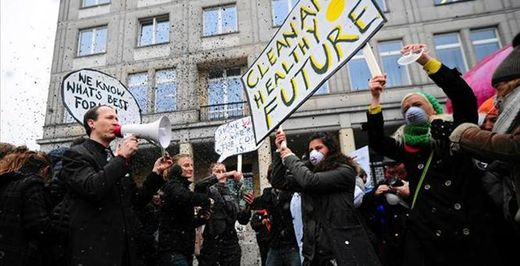
© townhall
Earth's geological, archaeological and written histories are replete with climate changes: big and small, short and long, benign, beneficial, catastrophic and everything in between.
The
Medieval Warm Period (950-1300 AD or CE) was a boon for agriculture, civilization and Viking settlers in Greenland. The
Little Ice Age that followed (1300-1850) was calamitous, as were the Dust Bowl and the extended droughts that vanquished the Anasazi and Mayan cultures;
cyclical droughts and floods in Africa, Asia and Australia; and periods of vicious hurricanes and tornadoes. Repeated Pleistocene Epoch ice ages covered much of North America, Europe and Asia under mile-thick ice sheets that denuded continents, stunted plant growth, and dropped ocean levels 400 feet for thousands of years.
Modern environmentalism, coupled with fears first of global cooling and then of global warming, persuaded politicians to launch the Intergovernmental Panel on Climate Change. Its original goal was to assess possible human influences on global warming and potential risks of human-induced warming. However, it wasn't long before the Panel minimized, ignored and dismissed non-human factors to such a degree that its posture became the mantra that
only humans are now affecting climate.
Over the last three decades, five IPCC "assessment reports," dozens of computer models, scores of conferences and thousands of papers focused almost entirely on human fossil fuel use and carbon dioxide/greenhouse gas emissions, as being responsible for "dangerous" global warming, climate change, climate "disruption," and almost every "extreme" weather or climate event. Tens of billions of dollars have supported these efforts, while only a few million have been devoted to analyses of all factors - natural and human - that affect and drive planetary climate change.You would think researchers would welcome an opportunity to balance that vast library of one-sided research with an analysis of the
natural causes of climate change - to enable them to evaluate the relative impact of
human activities, more accurately predict future changes, and ensure that communities, states and nations can plan for, mitigate and adapt to those impacts. You would be wrong.

Comment: Can you see the normalcy bias in action? People are just walking about as usual, using umbrellas to shield against the rocks/ash as though the danger is and will remain benign.